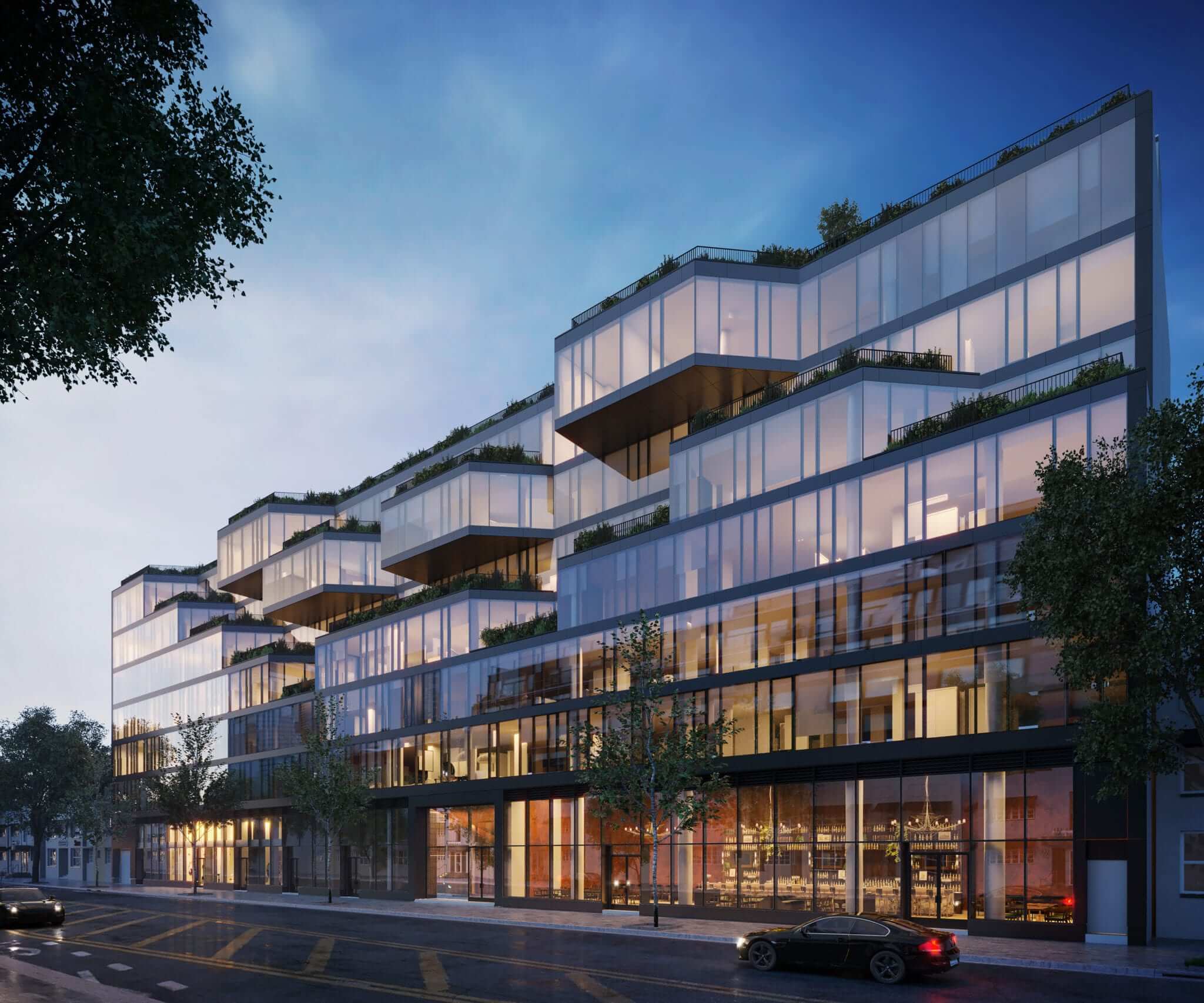Golden Crown Returns to Queens
A recent visit to the New York State Pavilion in Flushing Meadows found the “modern ruin” in the midst of a makeover. The Local Union 806 Structural Steel and Bridge Painters are restoring the Pavilion in an attempt to return it to its former glory. The repainting is slowly but surely making a difference. The walls inside…
A recent visit to the New York State Pavilion in Flushing Meadows found the “modern ruin” in the midst of a makeover.
The Local Union 806 Structural Steel and Bridge Painters are restoring the Pavilion in an attempt
to return it to its former glory. The repainting is slowly but surely making a difference.
The walls inside the “Tent of Tomorrow” have been restored to splendor.
Original roof of the Tent of Tomorrow
The Pavilion was designed for the 1964 World’s Fair by famed architect Philip Johnson, whose other works in New York City include the interior of the Seagram Building on Park Avenue, the Sony Tower — formerly the AT&T Building — on Madison Avenue, and the “Lipstick Building” on 3rd Avenue and East 53rd Street.
The Pavilion has three parts: the Tent of Tomorrow, the three Observation Towers, and the Theaterama.
The Tent of Tomorrow is a structure of 16 concrete towers supporting a 50,000 square-foot roof. When it was completed, supports held thousands of panels in the colors of New York State: different shades of orange and blue.
Fairgoers could ascend the three Observation Towers on “Sky Streak” capsule elevators built on the towers’ outsides. At the top of the towers — 60, 150 and 226 feet tall — visitors enjoyed observation decks and restaurants.
Inside the pavilion, there were somewhat stodgy exhibits on New York State power plants and Hudson River School painters, but there were also rides for the kids as well as modern renderings of steam trains and classic cars.
Texaco funded a giant terrazzo map of New York State made with information from Rand McNally, the Google Maps of its day.
Unfortunately, after the Fair, the Pavilion was more or less on the road to being a “modern ruin.” For a time it was a concert venue that saw the likes of Led Zeppelin and the Grateful Dead performing within the walls. Later, it was a skating rink.
Time did not do the terrazzo Texaco map any favors, and it crumbled into ruins; some square pieces of it have been salvaged to be exhibited from time to time. The blue and orange roof panels became unstable and had to be removed, with only their supports left in place.
The Fair’s 50th anniversary was a turning point. On April 22nd, 2014, the Tent of Tomorrow was opened to the public for the first time in years.
Some of the spirit of the old Fair returned with the on-site photo exhibitions and Belgian waffles. Crowds numbered an estimated 5,000 to 10,000 visitors.
The restoration spirit is in the wind for the Pavilion, as well as other older remaining Fair attractions.
The Fair’s Rocket Thrower statue was newly cleaned in 2013, and work is currently going on with the Freedom of the Human Spirit statue near the Unisphere.
In the spring of 2015, work began on the Pavilion’s exterior “crown,” giving it a bright yellow color to match that used on other repainted portions. Soon, the Pavilion will shine like it did in 1964 and 1965 when strains of “It’s a Small World After All” or Beatles hits could be heard throughout Flushing Meadows.
Kevin Walsh is webmaster of the award-winning Forgotten NY and the author of Forgotten New York and, with the Greater Astoria Historical Society, Forgotten Queens.













The Pavilion Paint Project has NOTHING to do with the painting of the crown. That’s being done gratis by the members of Local Union 806 Structural Steel and Bridge Painters. Let’s give credit where it’s due.
Nice piece, per usual. Think there’s a typo, though, the “Lipstick Building” is on 53rd not 43rd.
Hi Kevin,
Please fix it here too:
http://www.brownstoner.com/blog/2015/07/see-famed-architect-philip-johnsons-new-york-state-pavilion-mid-makeover/
Thanks!
Mitch
Thanks for the info — I have amended the text, as well as the Johnson “Lipstick Building” location. Thanks.